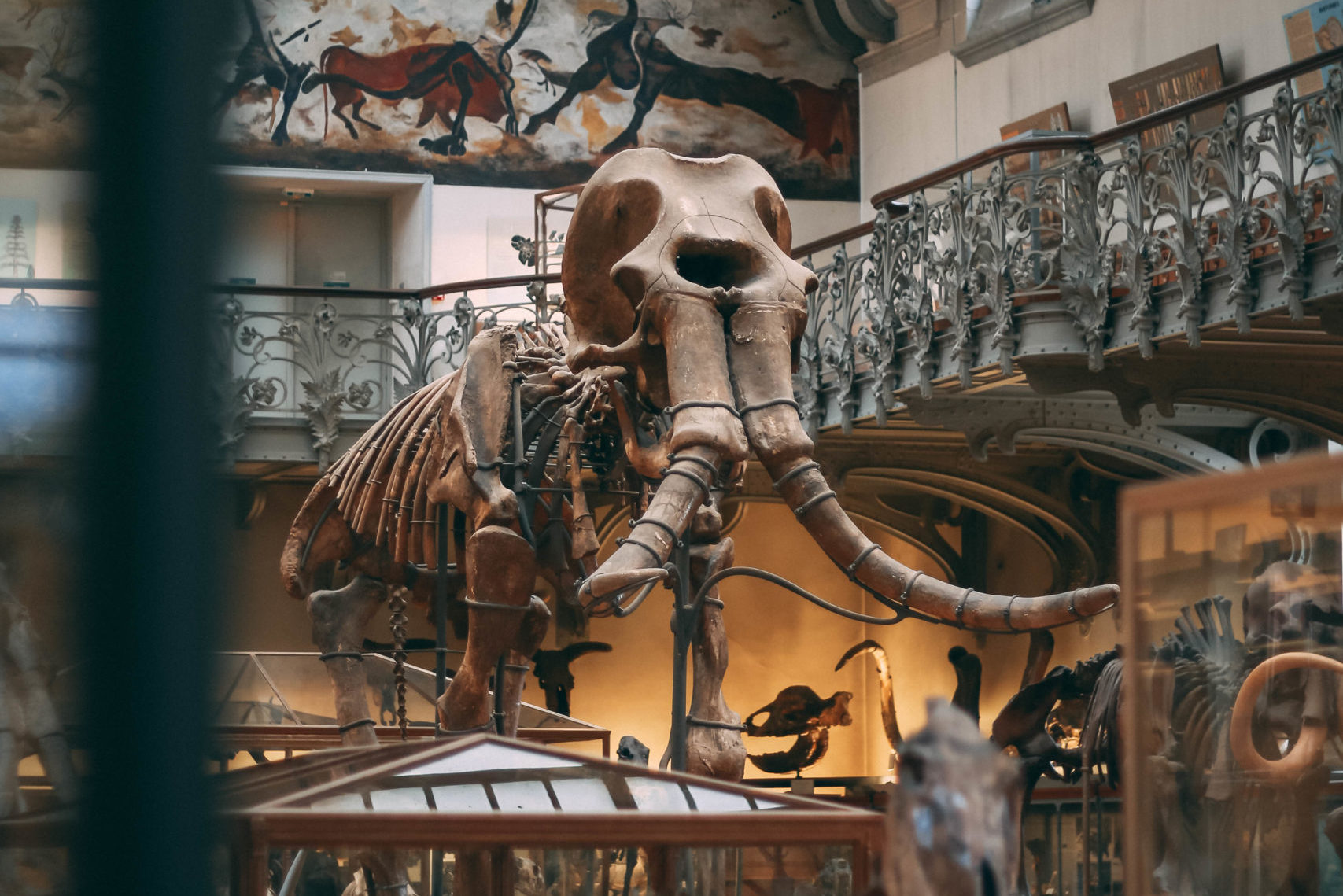9/20/2021
Utilizing the genes of extinct animals to bring them back to life may seem like the stuff of some of our favorite science fiction movies, but this phenomenon may become a reality much sooner than we think. A U.S.-based startup known as Colossal Biosciences is making it its mission to bring back the Woolly Mammoth.
Colossal’s website states that its landmark de-extinction project will create a “cold-resistant elephant with all of the core biological traits of the Woolly Mammoth.” They seek to use CRISPR gene editing technology to modify the embryos of Asian elephants, which are the closest living relatives of Woolly Mammoths. Colossal has received $15 million in funding and will work alongside Harvard genetics professor George Church to create a hybrid species known as a “mammophant” that would look, and theoretically, behave, exactly like a Woolly Mammoth.
Church and other scientists believe that the creation of the mammophants will fill the ecological niche that was left empty when Woolly Mammoths went extinct. When mammoths disappeared from the Arctic thousands of years ago, the shrubbery in the biome overtook what was previously grasslands. Releasing mammophants into the wild would allow those trees and shrubs to be naturally controlled, as the animals would eat or knock them over. The grasses in the area would also be fertilized by mammophant waste, which would further promote their development. In theory, the presence of this hybrid species in the Arctic could also assist in reducing climate change. This is because grasslands are more effective at reflecting light than tundras, which would mean that the ground would be kept cooler and the permafrost would not be as likely to melt and release greenhouse gases. Additionally, mammoths in the Arctic would scrape away the layers of snow that insulate the permafrost and lead to its melting.
Colossal believes that reintroducing the mammoth would restore this degraded ecosystem, but some experts are doubtful of this claim. Love Dalén, a professor of evolutionary genetics at the Centre for Palaeogentics in Stockholm, contends that “there is virtually no evidence in support of the hypothesis that trampling of a very large number of mammoths would have any impact on climate change.” Dalén even goes so far as to say that it might have a negative impact on already rising temperatures.
Nevertheless, Dalén concedes that this gene-editing technology could have some useful applications in helping endangered species regrow their dwindling populations. Many other experts believe that the technology should be used not to bring back extinct species, but to save existing ones.
Colossal’s technology may have greater implications in the fight for environmental conservation, but should the technology be used to bring back extinct species? Could the reintroduction of the mammoths in the wild create positive effects, and if so, does this outweigh the costs and risks of doing so? Could this technology potentially be misused or weaponized by parties with ill intentions, and if so, what is Colossal’s responsibility to ensuring that their technology is used responsibly?

